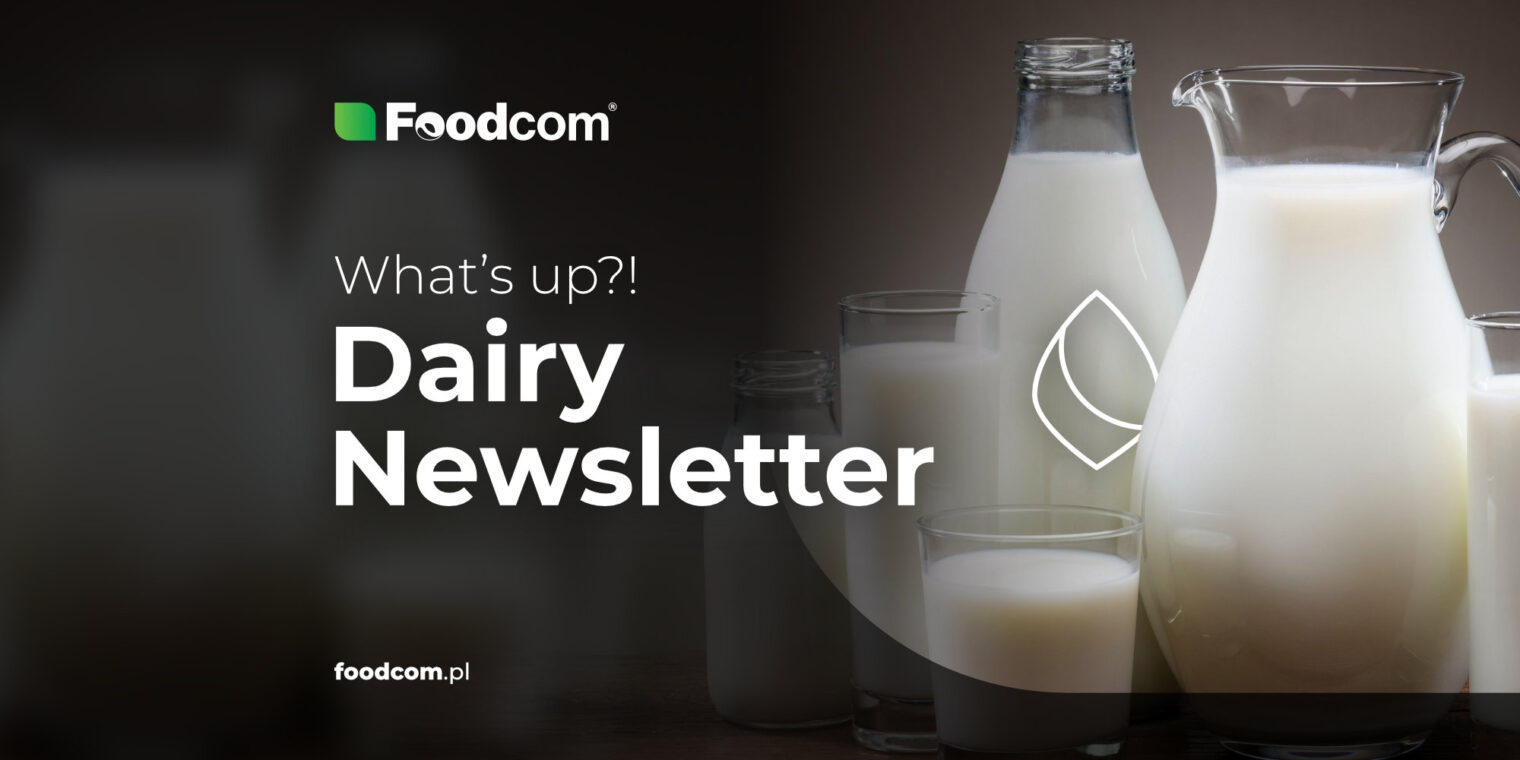Resumen
Índice
This is our summary of the week 16 on the European dairy market divided into 4 main categories.
Powders
We noted an increased interest in SMP, probably mainly due to the completed tender for ONIL Algeria. Prices directly from producers are starting to approach the level of 2.55 EUR/kg EXW. Chinese demand remains strong. FCMP is still actively looked for. The interest in WPC80 is not diminishing – the difficult pandemic situation in India did not have a negative impact on prices and demand. On the other hand, the price of SWP has slightly adjusted and you can find large amounts slightly below 1000 EUR/MT for food SWP.
Cheese
Dutch cheeses under slight price pressure. Gouda 48 can be found in the area of 2.90 – 2.93 EUR/kg EXW DE/NL. Everyone is looking with hope at the loosening of restrictions. Therefore the reactivation of purchases to HORECA and foodservice. Nevertheless, the interest for Mozzarella is rising. Cagliata stays at the level of 3 EUR/kg. Cheddar also remains stable.
Butter
The butter block prices for short contracts dropped down to 3.80 EUR/kg EXW PL. At the same time, it’s nearly impossible to find butter below 3.95 EUR/kg in Western Europe. The German retail chain tender for butter cubes is being concluded at the moment. Interest in AMF is also not decreasing from export destinations. Prices around 5 – 5.20 EUR/kg depending on the origin of the raw material.
Liquids
We haven’t reached the European milk collection peak yet. This was yet another week of poor performance by cream. It was only on Friday as it rebounded slightly and buyers were willing to pay a bit more. Both whole milk and whey concentrate were on a downward trend. Only the price of SMC went slightly up due to the weaker availability. The bids were about 100 EUR of dry matter higher.
Categorías:







